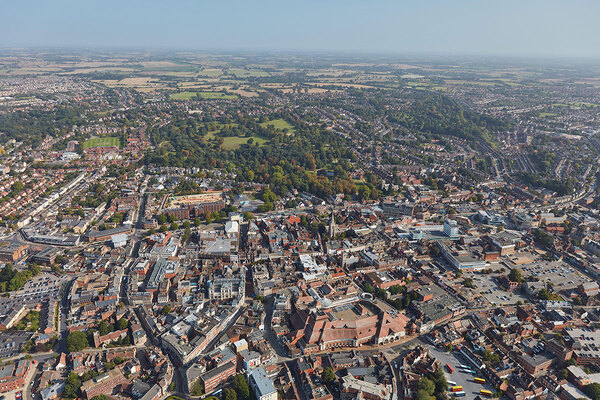More than 80% of new homes now being delivered to a minimum standard of EPC B
More than 80% of new homes delivered in England and Wales in the last three months of 2020 were within the two most energy efficient bands, latest government data shows.
Between October and December last year, 84% of new homes delivered in England and 87% of new homes delivered in Wales were given an energy efficiency rating of A or B.
In England, this marked a 5% increase on the previous quarter when 79% of new homes were given an energy efficiency rating of A or B, however the percentage of new homes receiving an A or B rating in Wales fell by 1% over the same period.
In both countries, the vast majority of homes receiving one of the top energy efficiency grades were in band B, with 82% of new homes in England achieving a B and 83% of new homes in Wales.
Each quarter the government releases energy performance certificate (EPC) statistics which show the energy efficiency rating of new homes, including new build, conversions and change of use, as well as homes that are being sold or let.
When a property receives an EPC it is given an energy efficiency grading from A to G, with A being the most energy efficient and G the least. The calculation is based on estimated fuel costs.
In the same quarter, 43% of existing properties in England that lodged an EPC had an energy efficiency rating of D, while 37% had a rating of C and 14% had a rating of E.
Just 3% of existing buildings had a rating of B and less than 0.1% had a rating of A.
In Wales, 39% of existing buildings that lodged an EPC had an energy efficiency rating of C, while a further 39% had a rating of D.
The UK government has set a target that all social homes in England should be upgraded to minimum EPC band C rating by 2030, however no targets have yet been set for new build properties.
Meanwhile the Welsh government is expected to introduce a target that all social homes achieve a minimum EPC band A rating by 2030.
In addition to providing information about the energy efficiency of buildings, the government’s EPC statistics are also one of the earliest and most accurate datasets on new additions to the housing stock of England and Wales, including conversations and change of use as well as new builds.
The latest data shows that 67,000 EPCs were lodged for new dwellings in the final quarter of 2020, down 3% from the same quarter in 2019.
In the year to December 2020, 217,000 EPCs were lodged for new dwellings – down 15% on 2019.
This can largely be explained by the sharp drop in housing delivery during the first COVID-19 lockdown. Previous EPC data showed that delivery crashed by 56% between April and June last year compared with the previous year.
On today’s figures, housing secretary Robert Jenrick said: “This government has gone to great lengths to support homebuilding over the past year by keeping the industry open and operating safely during the pandemic – alongside stimulating the market through the stamp duty holiday and a huge £12bn investment in affordable homes. These latest statistics show the sector remains healthy.
“Building back greener and delivering quality energy efficient homes is a priority for this government and these figures highlight our commitment to helping keep household bills low for people, while looking towards a more sustainable future.”










